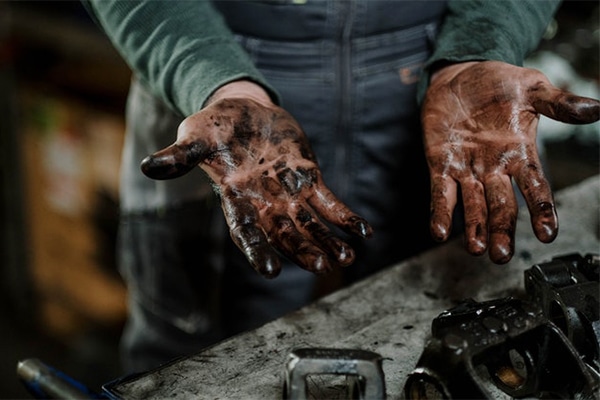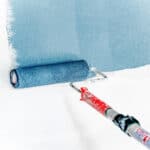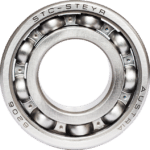Last updated: 30 Apr 2023

Are you tired of your jammed mechanical tools? If yes, they, of course, need proper lubrication with grease. However, for this purpose, you need a handy grease gun. Grease guns are widely used in workshops and garages to provide viscous lubrication to moving mechanical components. Lubricating moving metal components properly extends the life of the equipment and prevents bumps.
Grease guns are a commonly used tool and should be handled with care and in accordance with the manufacturer’s safety instructions to prevent any damage. Loading a grease gun may seem simple, but it can be tricky. From our own experience, improper loading can result in grease getting everywhere and a ruined grease cartridge that needs to be thrown away.
Do you struggle every time you have to change a grease cartridge in your grease gun? Its a quick guide will tell you how to do it nice and easy without making a big mess, let’s get started.
What You Will Need To Follow This Tutorial
There is no long list of things you need to follow in this tutorial, but of course, you need some basic things for it
- A grease gun
- Right grease
- Some rags
- Rubber gloves
- Trash can
How to Load Grease Gun: Step-by-Step Guide
If you want to watch the process of loading a grease gun, this video can help you.
I like to change mine over a garbage can so I can just push the old cartridge out into the trash and I don’t have to handle it. I don’t like to get grease all over me if I can avoid it.
- Separate the Grease Gun Head From the Barrel
First, unscrew the end cap from the grease gun and remove the empty cartridge. The end cap is the part with the handle and applicator tube attached. Unscrew the two pieces of the grease gun and separate them.
Install the end cap and retract the spring by pulling the plunger-rod handle and twisting and locking it in place.
- Load New Grease Cartridge
Remove the grease gun’s body by unscrewing it. Take off the new grease cartridge’s plastic lid. Firstly, put this side into the gun’s body. To fully place the cartridge, rotate it slightly.
- Take Out Seal
To load the grease gun, the next step is to remove the seal from the opposite end of the grease cartridge. Typically, this seal is an aluminum tab that needs to be snapped and pulled off. However, smaller cartridges may have a foil seal instead. It is crucial to ensure that the seal is entirely removed, with no small pieces left behind.
- Set Up Grease Gun Body
Attach the body of the grease gun onto the grease gun’s head with the cartridge filled. But don’t completely compress it; grab a few threads and keep it slack for now. Remove the spring by twisting the plunger-rod lever. Thrust the plunger-rod handle into a grease gun all the way. You may now totally lock the grease-gun body. Holding till then to fully tighten it effectively eliminates trapped air, which can obstruct the capability of the gun to pump grease.
- Lubricate the Grease Gun
Using a cloth, lubricate the grease gun by pumping the handle till the grease starts flowing. Be diligent as it may take multiple handle-pumps to expel all of the air from the pistol.
- If Necessary, Remove the Plug and Resume Priming
Due to the trapped air in the system, the grease gun frequently fails to lubricate. If this occurs, you should remove the plug from the grease-gun head’s tip and resume priming.
How To Use Grease Gun
To apply grease, place the nozzle of the grease gun onto a grease fitting and squeeze the trigger or pump the lever. If the grease gun does not seem to work properly, there may be an air pocket in the system causing the issue.
This may be discharged by pumping the guns a few times and pushing the air release valve on the bigger guns. Continue doing so until the grease begins to flow again. Loosen the cartridge tuber a few turns on the smaller 120 mil pistol to release the air. Then retighten the tube after pumping till the grease comes out.
Final Words
I think this tutorial on how to use a grease gun properly was informative and helpful. It’s always important to know how to use a tool correctly and safely to avoid any accidents or damage. Additionally, using personal protective equipment is a good practice to ensure your safety while working. It’s better to be cautious and attentive to avoid any harmful situations.
You May Also Like:
Best Grease to Lubricate Your Vehicles and Machinery




Leave a Reply